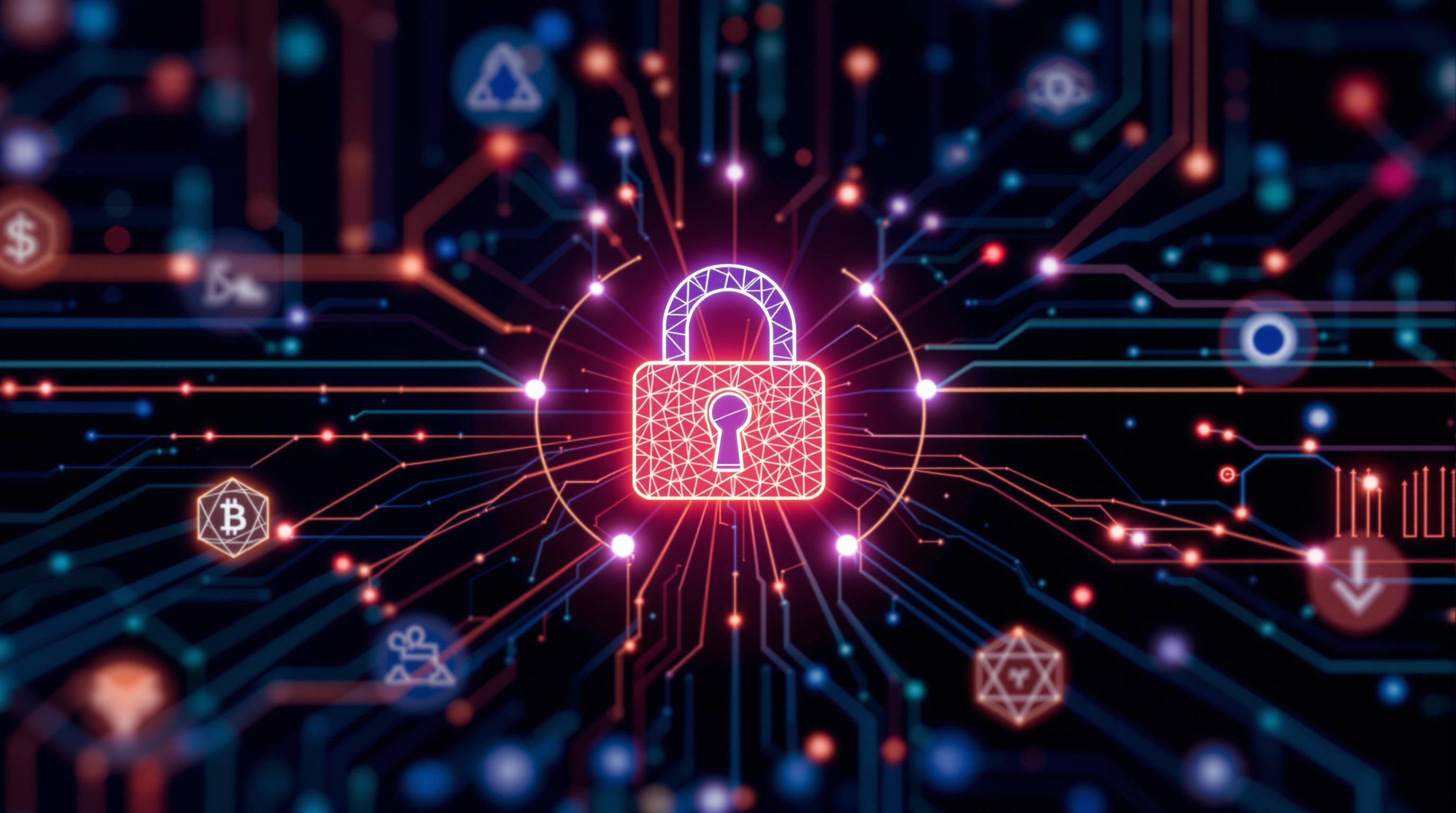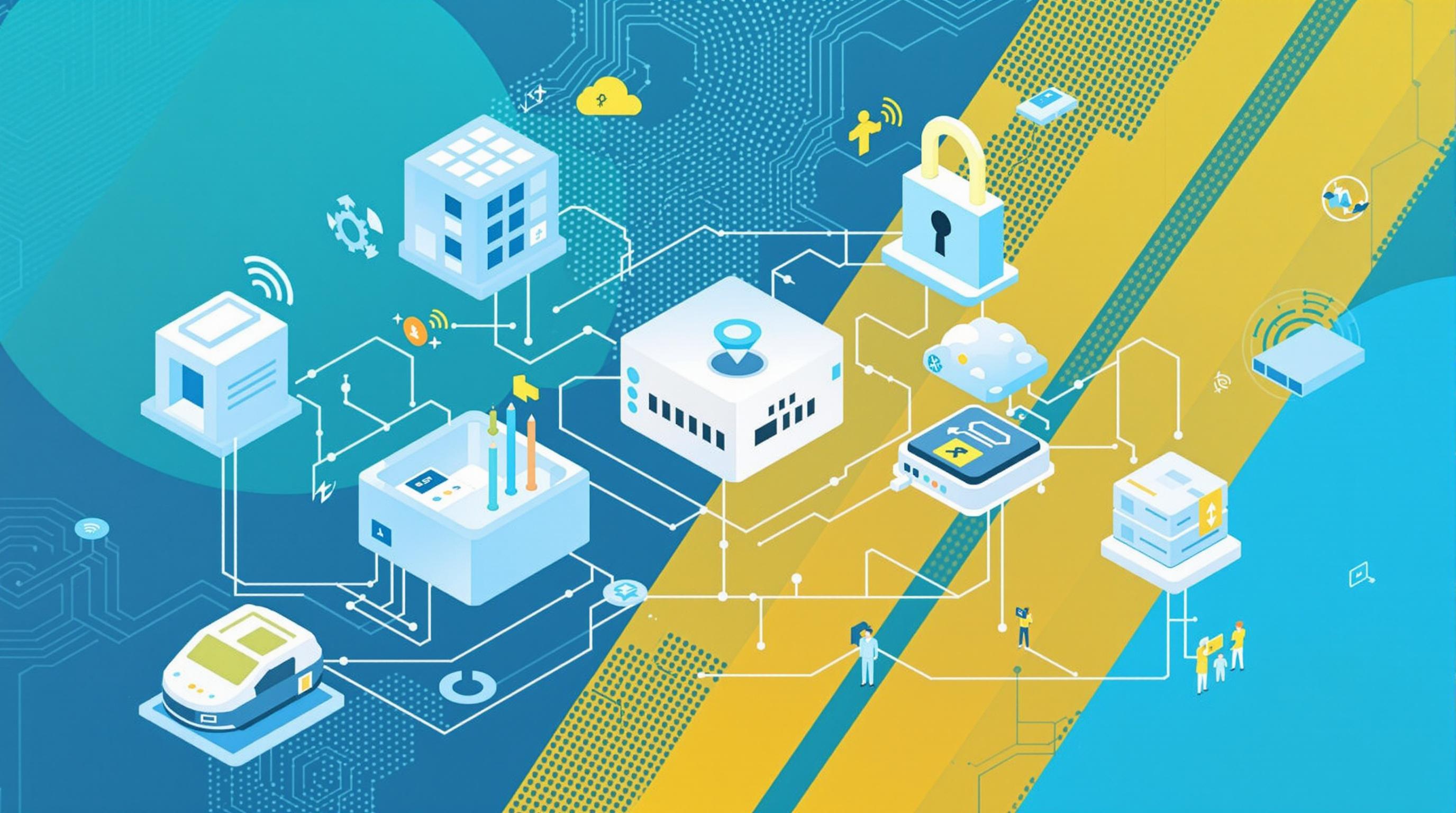Related Articles
- 7 Game-Changing Encrypted Messaging Apps Released Since 2019 That Redefine User Control
- Exploring Quantum Entanglement as a Future Layer of Protection for Connected Devices in Decentralized Networks
- Top 7 Privacy-Focused Cloud Backup Services Released Since 2019 That Redefine Data Control
- Exploring Psychological Barriers That Prevent Wider Adaptation of Dual Verification in Everyday Tech Use
- Top 6 Privacy-Focused Browsers from the Last Five Years That Outpace Giants in Speed and Security
- 6 Lesser-Known Identity Protection Gadgets From the Last Five Years That Actually Outperform Popular Brands
Exploring Quantum Entanglement as a Future Layer of Protection for Connected Devices in Decentralized Networks
Exploring Quantum Entanglement as a Future Layer of Protection for Connected Devices in Decentralized Networks
Quantum entanglement promises a revolutionary leap in securing connected devices within decentralized networks by introducing unprecedented methods of cryptographic protection. This article navigates diverse perspectives on how entangled particles might safeguard the Internet of Things (IoT), examines current research, and contemplates the societal implications of adopting this quantum layer in everyday technology.
The Magic of Quantum Entanglement: A Casual Primer
Imagine two particles forever linked, no matter how far apart in the universe they drift. Change one, and the other instantly knows—which defies our classical intuition about communication speeds and locality. This spooky action, as Einstein famously dubbed it, is the heart of quantum entanglement.
Now, what if this strange connection could serve as a lock and key for your smart fridge, your smartwatch, or any gadget weaving life into decentralized networks? It sounds like science fiction, but research is steadily nudging it toward reality.
Exploring the Landscape of Decentralized Networks
Decentralized networks, unlike traditional centralized ones, distribute data and control across many nodes. The Internet of Things (IoT) is one such sprawling forest where each device acts as a leaf, connected yet independent. Securing this vast flora against hackers and data breaches becomes increasingly complex.
Why care about security here? Well, Gartner forecasts that by 2025, IoT devices will number over 75 billion, creating an enormous attack surface (Gartner, 2023). Each device potentially opens a window for cyber-villains.
A Young Writer’s Reflection: Age 23
As an early-career technologist fascinated by quantum computing, I find the idea of entanglement-based security thrilling. It’s like upgrading from typical locks to ones made from the fabric of reality itself. Imagine telling your grandparents that your phone’s security involves quantum particles communicating faster than light—mind-bending and reassuring!
Case Study: Quantum Key Distribution (QKD) Advances
Quantum Key Distribution uses entangled photons to exchange encryption keys securely. China’s Micius satellite has already demonstrated space-based QKD, enabling secure communication over 1,200 kilometers (Yin et al., 2017). This milestone proves long-distance quantum protection isn’t just theoretical.
Applying similar principles to interconnected devices within a smart city could safeguard data swaps dynamically. That means hacking attempts face fundamental quantum physical barriers, not just computational ones.
Challenges on the Quantum Frontier
However, implementing quantum entanglement broadly faces hurdles. Current quantum devices are costly, often bulky, and require extremely stable environments—conditions hard to replicate outside research labs. Also, generating and maintaining entanglement at scale for billions of IoT devices remains a significant engineering puzzle.
Moreover, standardization and interoperability protocols need development before quantum protection can be a seamless addition to decentralized networks.
Persuading Stakeholders: Why Quantum Protection Matters
Traditional encryption methods, reliant on complex mathematics, are at risk from emerging quantum computers. The National Institute of Standards and Technology (NIST) predicts within the next two decades, powerful quantum machines could crack common cryptographic algorithms.
In this light, integrating quantum entanglement into security architectures is not a luxury but a necessity. Companies, governments, and individuals all stand to lose if they ignore this imminent threat vector.
A Touch of Humor: Quantum Security’s Secret Weapon
Think of quantum entanglement as the ultimate “check engine” light for your devices—except instead of just warning you, it actively foils car thieves at the molecular level! And, nope, you can’t hotwire it, no matter how clever your hacker friend thinks they are.
Economic and Social Implications
Embedding quantum entanglement in device security might inspire a new sector of quantum services and jobs, revitalizing economies while also raising ethical questions about access and surveillance. Would this technology widen the gap between tech-rich and tech-poor communities?
Governance frameworks must address these concerns to ensure equitable quantum security deployment.
Technological Synergy: Combining Classical and Quantum Layers
Hybrid security models blending classical encryption with quantum protocols may offer a pragmatic transition path. Devices could use classical methods for routine communication, switching to quantum channels when transferring sensitive data.
This approach balances current infrastructure realities with forward-looking security, easing the adoption curve.
Concluding Story: Sentinels of a Quantum Future
Years from now, imagine a parent checking their child’s wearable device that signifies ‘safe’ through invisible quantum signals. Hackers trying to intercept data are met not with firewalls but with the bewildering laws of quantum physics themselves.
Such a future is within reach, thanks to pioneers exploring quantum entanglement as the next layer of protection.
Final Thoughts
While we stand at the dawn of what could be a quantum security revolution, much remains to be done. Advocates and skeptics alike must collaborate to refine technologies, develop standards, and ensure ethical use.
Ultimately, the journey to embed quantum entanglement into decentralized networks is as exciting as the destination. It heralds a world where the fabric of nature itself guards our digital lives—an adventure that invites all ages to imagine and innovate.
References:
Gartner. (2023). Forecast: Internet of Things — Endpoints and Associated Services, Worldwide, 2019-2025.
Yin, J., et al. (2017). Satellite-based entanglement distribution over 1200 kilometers. Science, 356(6343), 1140-1144.




